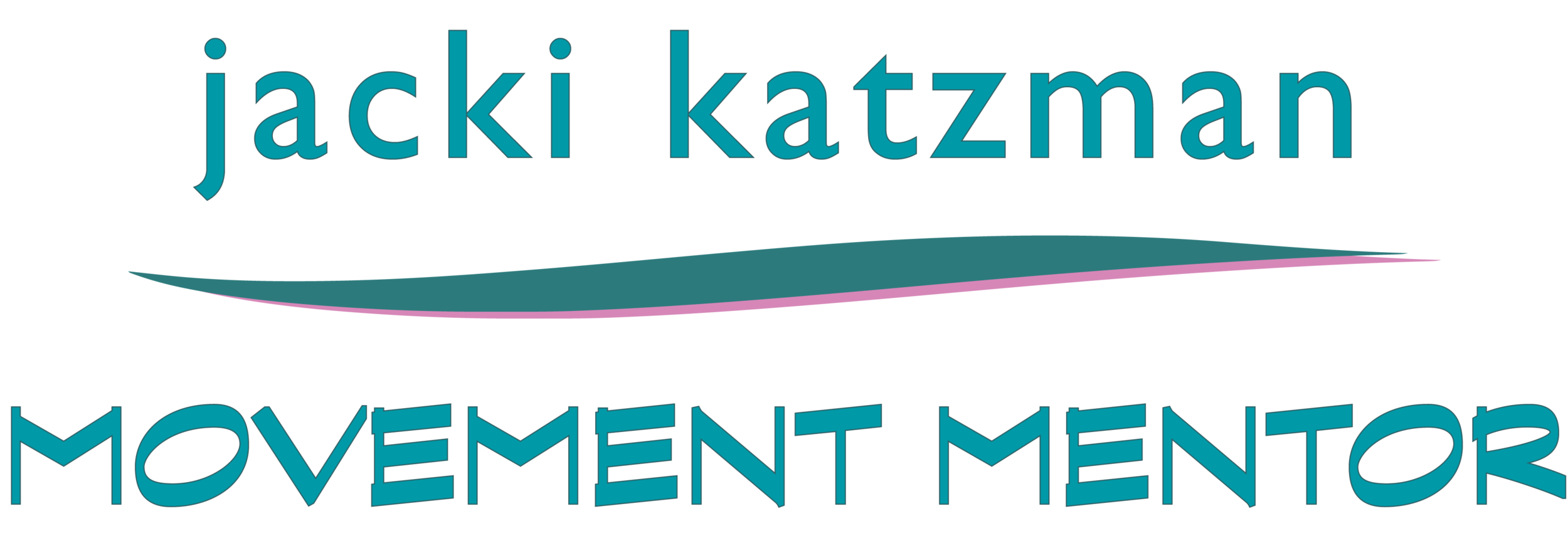Full Circle - 8 - Baby Step Circles - Big Head, Slippery Feet, Little Circles
Full Circle - 8 - Baby Step Circles - Big Head, Slippery Feet, Little Circles
Balancing Hips and Lengthening Spine with Circles
Based on “Painting with Your Feet - AY111” with modifications inspired by Dennis Leri
Andrew Huberman’s podcast “From Huberman Lab: Essentials: How to Learn Faster by Using Failures, Movement & Balance, Dec 26, 2024” is a scientific description of how Moshe Feldenkrais anticipated neuroplasticity. In brief, Huberman says adults have to learn in small, incremental segments, with confusion and frustration to activate the neurochemicals that facilitate learning, in a state of balanced receptivity, with different orientations to gravity. More on this one of these days….
I am surprised, and not, that we have gone so deeply into only the first third of “Painting with your feet.” The focus may be on sliding the feet, but the image of the big, heavy, sweet baby head helped anchor and elongate the movement from foot through the pelvis and spine. Building on that base, we connected the feet to the sit bones and the neck (C7), an insight inspired by the late Feldenkrais master Dennis Leri.
This week we bring in the influence of my favorite science hunk, Dr. Andrew Huberman, and his recent podcast on learning and creativity. We focus on the importance of vestibular motor coordination:
“[A]s we get older, we tend to get more linear and more regular about the specific kinds of movement. So you sort of have to wonder whether or not the lack of plasticity or the reduced plasticity in older individuals, which includes me, would reflect the fact that those (neuroplasticity) chemicals aren't being deployed because we're not engaging in certain behaviors .. this vestibular thing that I've been describing is a way to really accentuate plasticity…
It's tapping into an inborn biological mechanism where the cerebellum has outputs to these deep brain nuclei associated with dopamine, acetylcholine and norepinephrine. That's kind of an amplifier on plasticity.” - Dr. Andrew Huberman
In other words, changing orientation is a critical factor in long term learning. As are breaking lessons into tiny segments, approaching the lesson in vagal balance, and taking rests to allow the system to integrate the lessons.
Finally, foot circles on the back and front, one-legged and two-legged, with heightened attention to any learnings arising from changing orientations. At a minimum, imbalances in the pelvis or spine will show themselves. Going super slow will allow you to make micro-adjustments to keep the pelvis level, the feet soft and gliding.
Science Nerd Candy Bowl:
Hip Joint Range of Movement - Animated Biomedical (0:20)
Articulation of the Hip - Anatomie 3D (1:14)
Set Up for a Supine and Prone or Side-lying lesson:
Lie on floor with support under head or legs as needed to keep the neck and low back long and relaxed, with some optional padding for the prone (belly down) segment or under ear if side-lying
Slippery socks or mat might be helpful for this lesson
Sit on a firm, stable chair with knees and hips level
If you tie your hair in clips, you might want to take them out for this one - lots of head nods, rolls and slides
How you might feel after this lesson: Longer; Open; Breathing deeply; Aware of your back ribs and spine; Hips and low back relaxed; New sensation of a long and elegant neck; New awareness of how the diaphragm, ribs and spine interact in breathing.
“We have to continue to learn. We have to be open. And we have to be ready to release our knowledge in order to come to a higher understanding of reality.”
If you have a Wednesday 9:30 am or 6:30 pm class registration, keep using it. If you were registered for the 12:00 pm Wednesday session, you’ll need to register. Registered, paid students receive the lesson recording link on Thursday. $40/month; $15/single lesson. PayPal or Venmo to jackisue@aol.com. Or check to Jacki Katzman, PO Box 116, Bethlehem, NH 03574
For new student registration, Click Here




